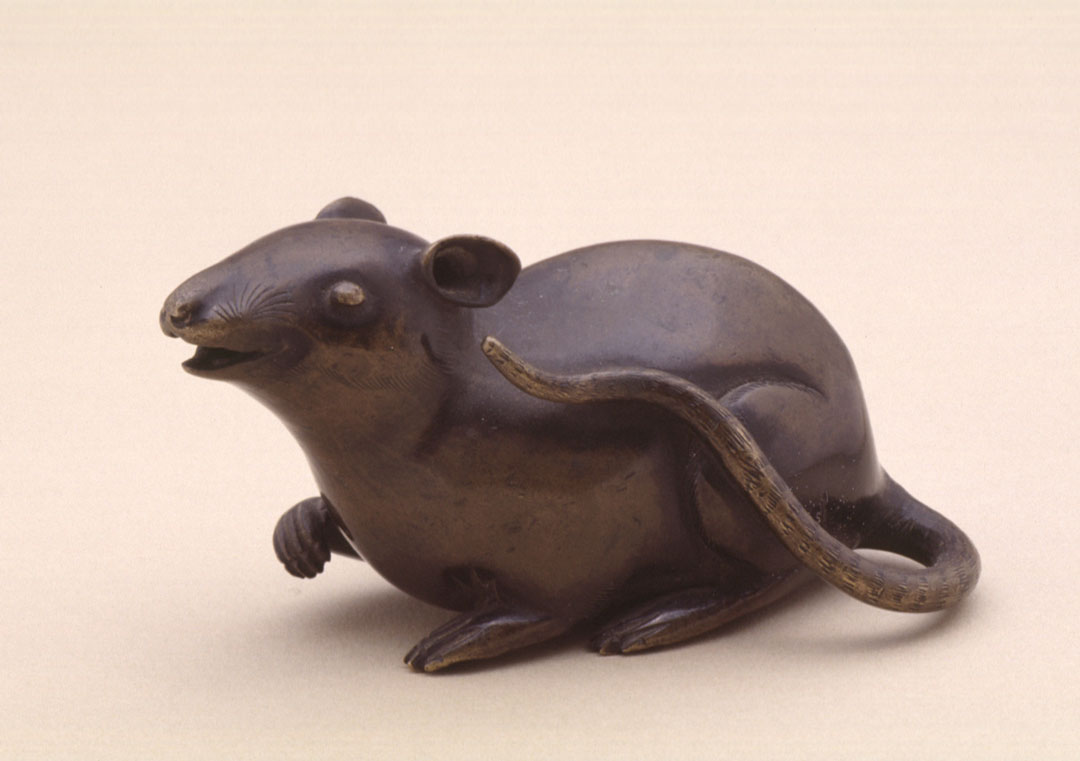Saturday University: The Colors of Space & Time
Although the Asian Art Museum is closed until further notice, the Gardner Center for Asian Art and Ideas is still offering their popular Saturday University Lecture Series. This season, like all SAM programs, Saturday University is being offered virtually. Another unusual thing about this season is that it’s free! Tune in on Facebook live or Zoom every Saturday through November 21 for talks on Color in Asian Art: Material and Meaning such as The Color of Space and Time presented by Marco Leona, the David H. Koch Scientist in Charge of the Department of Scientific Research at the Metropolitan Museum of Art.
Marco Leona speaks on recent findings on the materials and techniques of Edo and Meiji Period paintings and prints in the recording of this lecture from October 10. Japanese painters and printmakers of the Edo (1603-1868) and Meiji (1868-1912) period achieved a rich visual language within a narrow range of pigments. Yet artists such as Jakuchu, Korin, and Hokusai produced evocative possibilities in ways far more complex than generally thought, especially in experiments with new synthetic color.
Leona shows how technological developments were not only readily embraced, and often prompted by artists and their audiences, but also that they in turn created new forms of expression.
The Saturday University Lecture Series is presented with the University of Washington’s Jackson School of International Studies and the Elliott Bay Book Company.
